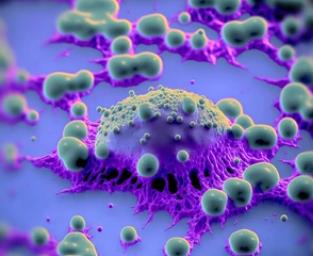The occurrence of many childhood cancers often begins with molecular hijacking. Recently, a research report titled “Heterotypic interactions can drive selective co-condensation of prion-like low-complexity domains of FET proteins and mammalian SWI/SNF complex” was published in the journal Nature Communications. Scientists from institutions such as the University of Buffalo revealed through their research how fusion proteins intercept gene regulators to stimulate the development of cancer in children. In the…
Uncategorized
The Influence of Age and Number of Mutations on the Size of Clonal Hematopoiesis
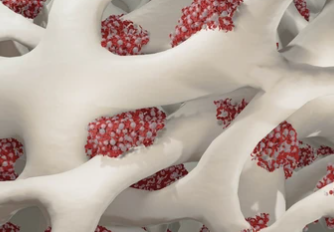
Hainan Medical College’s Ren Ruibao, Cai Wangwei, and Shanghai Jiao Tong University’s Chen Zhu jointly published a research paper on PNAS titled “The impact of age and number of mutations on the size of clonal hematopoiesis”, which reported an in-depth analysis of Clonal Hematopoiesis (CH) in the elderly population with longevity (age ≥ 90 years old) and general health (age 60-89 years old). This study utilized targeted deep sequencing and…
Research Progress on Structural Characteristics and Enzyme Activity Regulation Mechanisms of Viral Topoisomerases
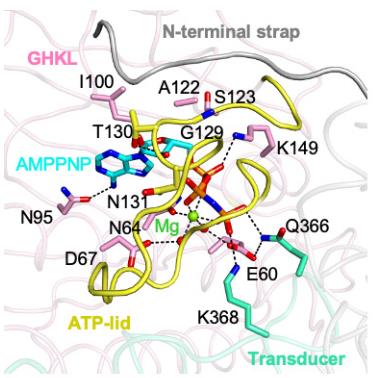
Recently, Deng Zengqin’s team from the Chinese Academy of Sciences Wuhan Virus Research Institute/Antiviral Research Center completed the latest research achievement entitled “Structure-function analysis of the ATPase domain of African swine fever virus topoisomerase”, which was published online on mBio. DNA topoisomerases are widely present in archaea, prokaryotes, eukaryotes, and some nuclear-cytoplasmic large DNA viruses, playing important roles in gene replication, transcription, recombination, and chromosome separation processes. DNA topoisomerase…
Genetic Anxiety Switch in the Body

Recently, a research report titled “An ancient polymorphic regulatory region within the BDNF gene associated with obesity modulates anxiety-like behavior in mice and humans” was published in the journal Molecular Psychology. Scientists from institutions such as the University of Aberdeen found through their research that special DNA regions in the human genome may play an important role in controlling anxiety disorders in the body, this key gene may affect the…
Reveal A New Immune Pathway for The Treatment of Bone Metastasis in Breast Cancer
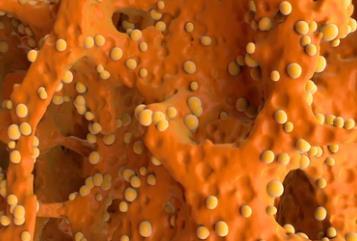
Immunotherapy is a very promising method for the treatment of metastatic breast cancer, which can provide new possibilities for treatment. Although checkpoint inhibitors show some hope in the treatment of metastatic breast cancer, their therapeutic effect on patients with bone metastases is disappointing. The lack of such efficacy seems to have a certain specificity for the bone environment, which will show the characteristics of avoiding inhibition. Recently, a research report…
The Special Protective Effects of Breast Milk

Breastfeeding can provide significant health benefits for newborns and infants by providing nutrition, immune protection, and shaping the gut microbiota. Although scientists have long believed that breast milk contains complement components, the physiological correlation of complement components in breast milk is not clear to them. Recently, a research report titled “Complement in breast milk modifies offspring gut microbiota to promote infant health ” was published in the journal Cell. Scientists…
Research Progress on the Interaction Mechanism between Bunyavirus and Host
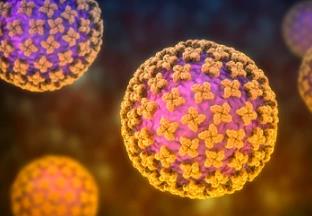
Recently, the team of Wang Hualin, Deng Fei, and Ning Yunjia from the Chinese Academy of Sciences Wuhan Virology Research Institute/National Viral Resource Bank published the research papers titled “Interactome profiling of Crimean-Congo hemorrhagic fever virus glycoproteins” and “Host factor MxA restricts Dabie bandavirus infection by targeting the viral NP protein to inhibit NP-RdRp interaction and ribonucleoprotein activity”. The above research elucidates new interaction mechanisms between the virus and host…
In Situ Regeneration Research of Inner Hair Cells in a Mouse Injury Model Induced By Ectopic Expression of Tbx2 and Atoh1
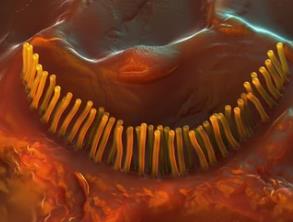
The Development journal published a research paper online titled “In situ regeneration of inner hair cells in the damaged cochlea by temporally regulated coexpression of Atoh1 and Tbx2”. The research was completed by Liu Zhiyong, a research group of the Center for Excellence and Innovation in Brain Science and Intelligent Technology (Institute of Neuroscience) of the Chinese Academy of Sciences, and the Shanghai Brain Science and Brain Research Center (Shanghai…
Nuclear Membrane Proteins Promote Yellow Virus Replication
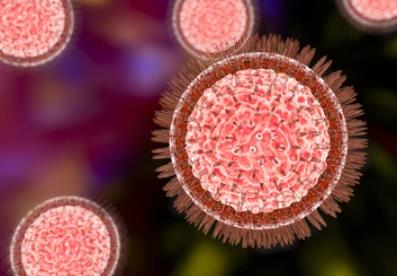
Yellow viruses, including dengue virus (DENV), Zika virus (ZIKV), and Japanese encephalitis virus (JEV), are mostly transmitted through mosquito vectors and are currently one of the most widespread and highly infected infectious diseases, posing a huge threat to global public health. The infection of the yellow virus not only causes mild and self-limiting diseases (such as dengue fever and dengue hemorrhagic fever), but is also closely related to neurological diseases…
Themis2 Can Regulate Natural Killer Cell Immune Memory
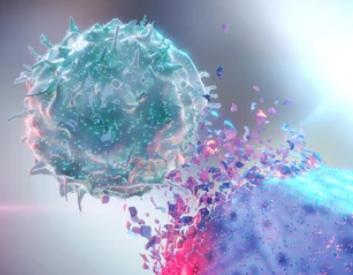
Immune memory is a hallmark of the adaptive immune system in the body. Although natural killer cells (NK cells) are essential innate immune cells for the host’s immediate defense system, they can also differentiate into memory NK cells. Currently, researchers have not fully elucidated the molecular mechanisms behind controlling this differentiation process. Recently, a research report titled “Themis2 regulates natural killer cell memory function and formation” was published in the…
